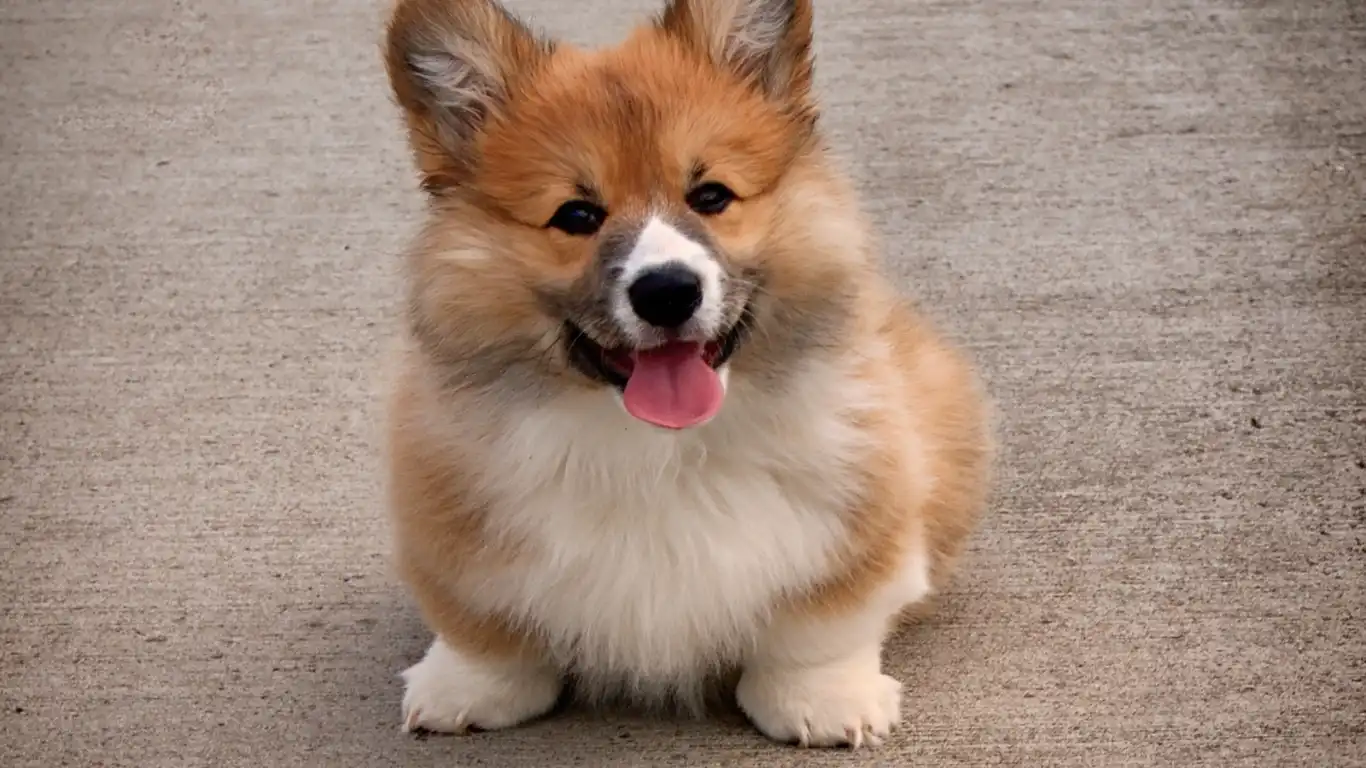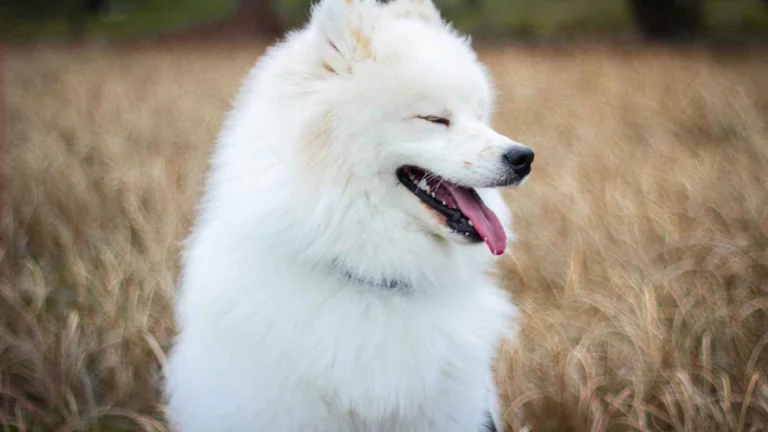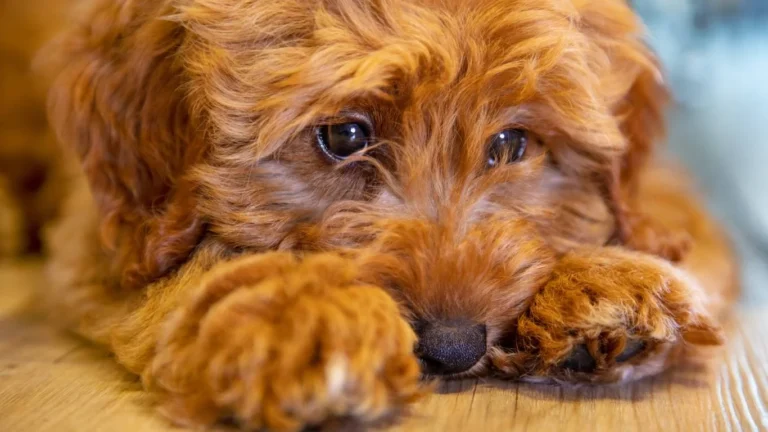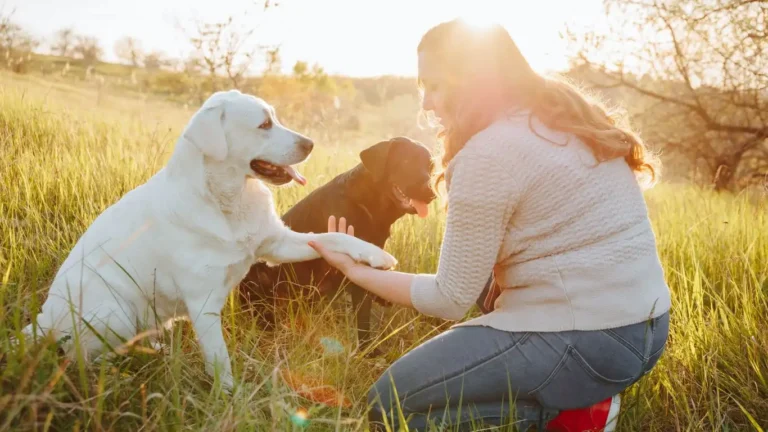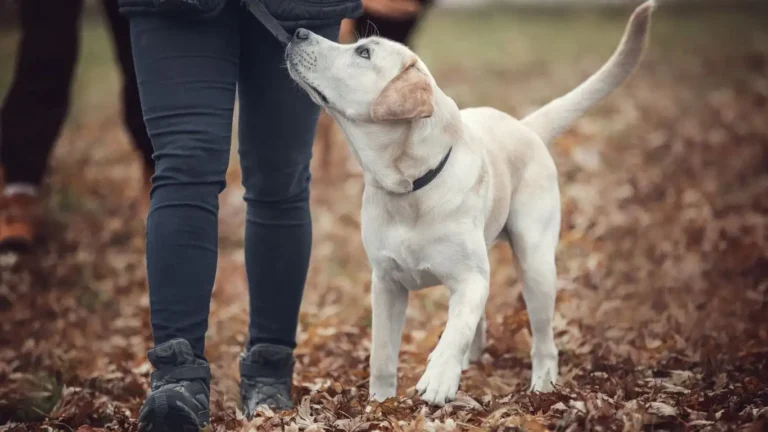How to Prevent Your Dog From Eating Harmful Plants Fast
Let’s be real—dogs are curious little goofballs. As a Veterinary Technician/Nurse who’s seen more than my fair share of “my dog ate what?!” emergencies, I can tell you firsthand: keeping pups safe from toxic plants is a big deal. Whether it’s a puppy nibbling on the potted peace lily in your living room or an adult dog munching something mysterious during your hike, it’s a risk that catches way too many pet parents off guard. That’s why learning how to prevent your dog from eating harmful plants isn’t just helpful—it can be a literal lifesaver.
Why Dogs Eat Plants (Even the Toxic Ones)
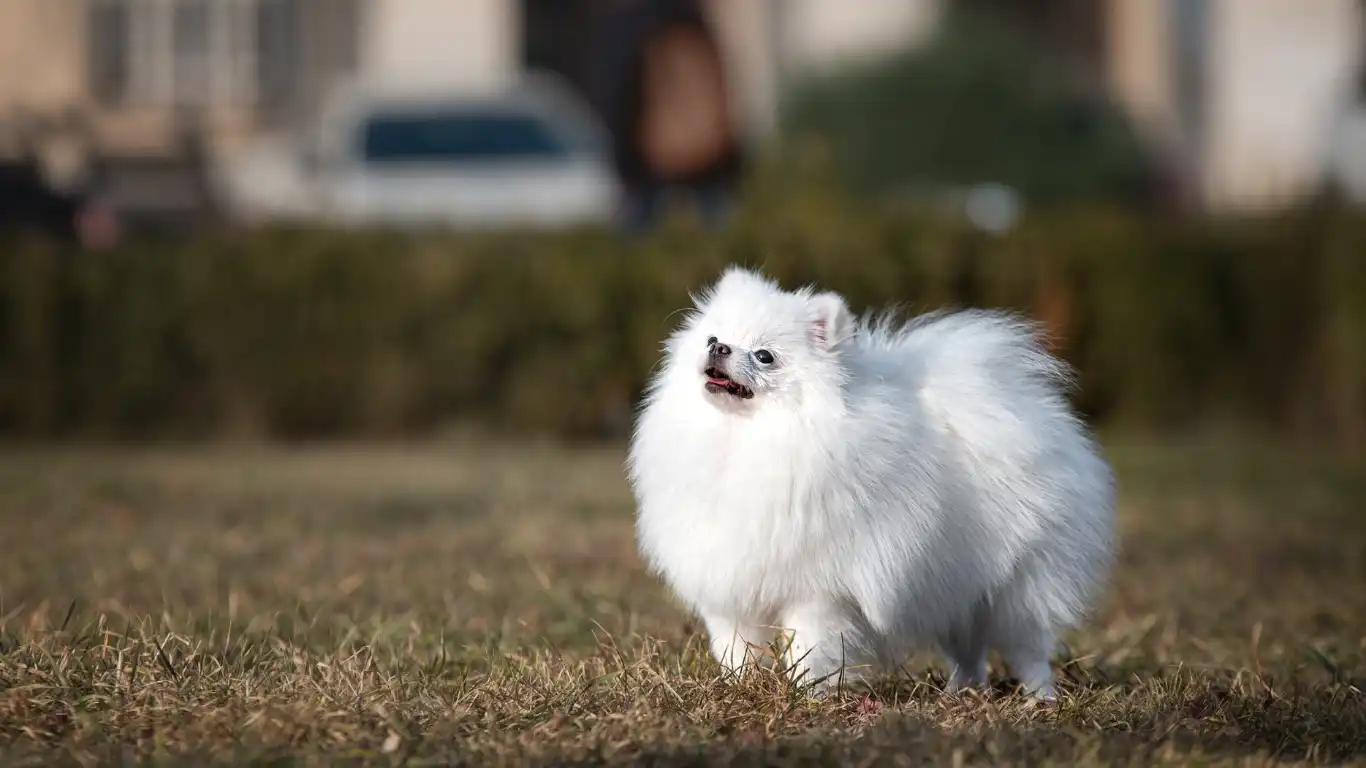
If you’ve ever caught your dog chowing down on your garden like it’s an all-you-can-eat salad bar, you’re not alone. Some dogs eat plants because they’re bored, anxious, or just curious. Others do it because they’re lacking certain nutrients or have an upset stomach—I’ve seen it all. One Labrador I helped treat literally swallowed half a pothos plant after a thunderstorm. He was nervous, and chewing that vine gave him some weird kind of comfort. (Don’t worry, he was fine after some meds and a very concerned mom.)
But here’s the kicker: dogs aren’t exactly great at telling the difference between a chew toy and a poisonous leaf. That’s where you come in. The good news? With a few changes in routine and a bit of awareness, you can steer them away from danger.
Recognizing the Most Common Harmful Plants
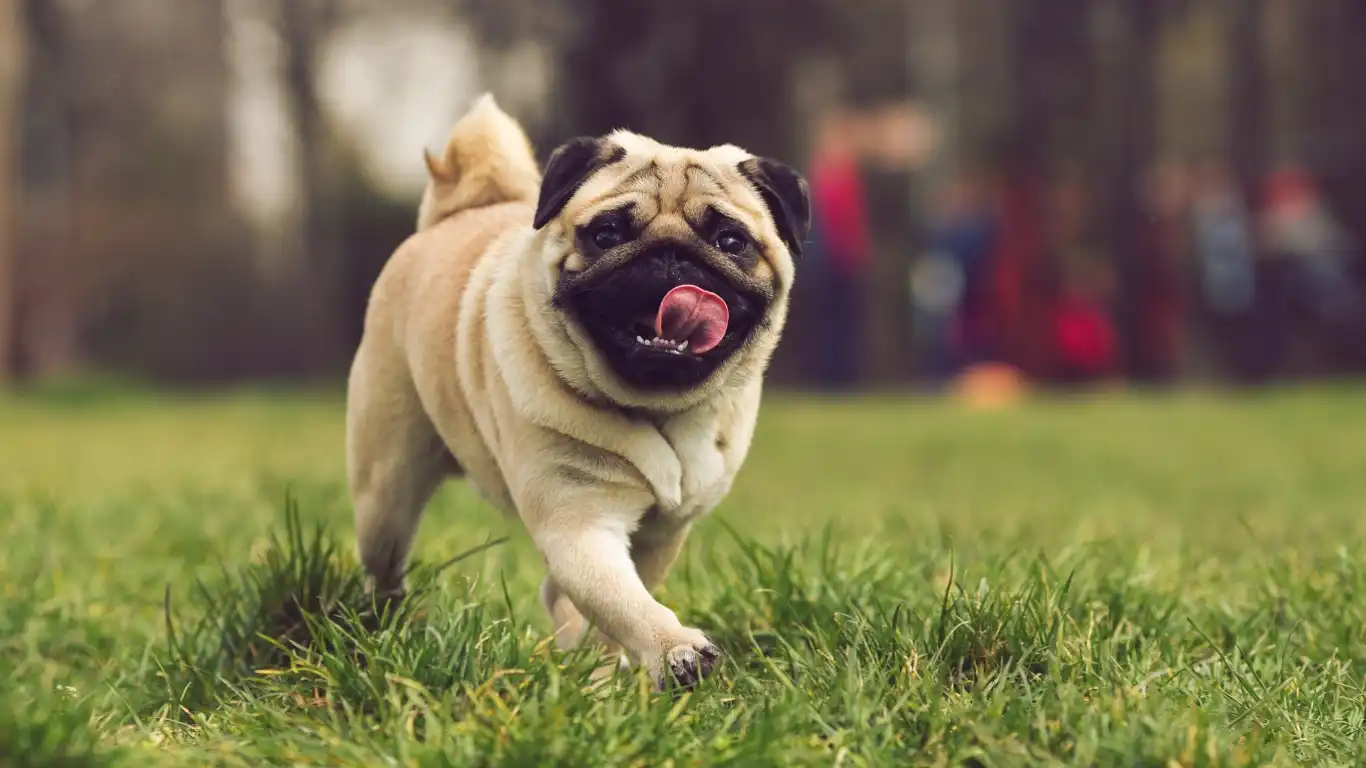
Top Offenders in the Garden and Home
Let’s talk about the usual suspects. These plants look innocent, but they pack a toxic punch when it comes to dogs:
- Sago Palm: Extremely toxic. Every part of this plant is dangerous—especially the seeds.
- Oleander: Beautiful but deadly. Even a single leaf can cause severe heart issues.
- Lilies: Often more dangerous for cats, but some varieties can still harm dogs.
- Aloe Vera: Great for humans, not so great for pups. Can cause vomiting and diarrhea.
- Philodendron & Pothos: These common houseplants can cause oral irritation and swelling.
- Azaleas and Rhododendrons: Just a few leaves can trigger drooling, vomiting, and heart issues.
Trust me, I’ve seen dogs react badly to things their owners thought were totally safe. I once had to assist with a German Shepherd who’d eaten a mouthful of azalea while visiting his grandma’s garden. Poor guy was a mess—trembling, vomiting, heart racing. A fast response saved him, but not every pup gets that lucky.
Houseplants vs. Outdoor Plants: Double the Trouble
A lot of pet parents don’t realize that the plants inside their home can be just as risky as the ones outside. It’s not just about what grows in the yard. Those lovely trailing vines or trendy succulents on your shelf? Yeah, some of them are on the no-no list for dogs.
My advice? Get familiar with both indoor and outdoor hazards. Keep a list of plants you have in your home and backyard, and double-check each one for pet safety. The ASPCA has a great searchable toxic plant list online—bookmark it!
How to Prevent Your Dog from Eating Harmful Plants
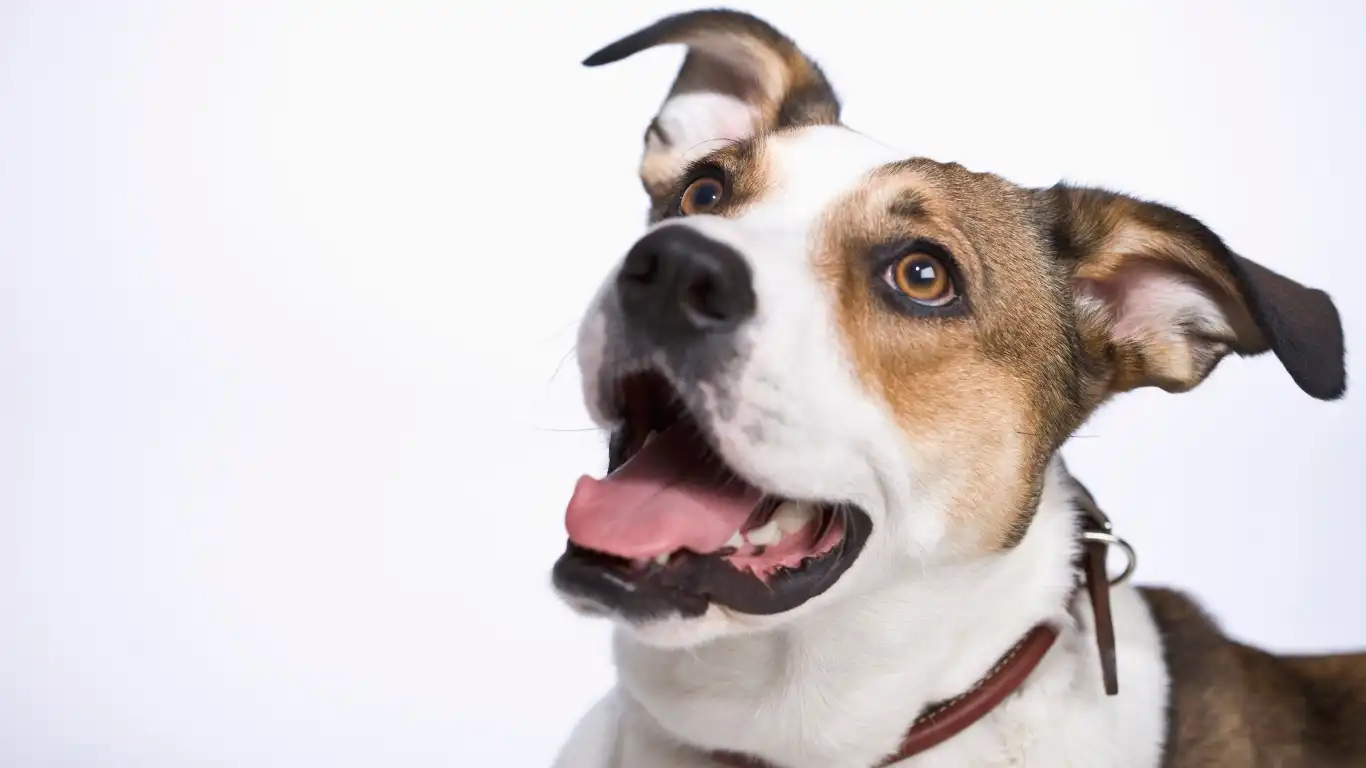
1. Train ‘Leave It’ Like a Pro
This one’s a game changer. Teaching your dog to respond to “leave it” could save them from making a bad choice. I’ve trained dozens of dogs this way, and it works wonders, especially during walks or garden time. Use high-value treats and be consistent—it takes time, but it pays off.
2. Supervise Outdoor Time
Even if your backyard is fenced and “safe,” always keep an eye out—especially in the spring and summer when new plants pop up. Dogs are sneaky. One second they’re sniffing, the next they’re munching. I always tell clients to treat plant safety like toddler-proofing your yard.
3. Use Barriers for Problem Areas
If your dog is obsessed with a certain plant or garden bed, it’s time to set some boundaries. Literally. Small fences, raised garden beds, or even decorative plant cages can work wonders. One client of mine used a mini trellis to protect her tulips. Bonus: it actually looked cute.
4. Replace Dangerous Plants with Dog-Friendly Alternatives
You don’t have to give up your plant aesthetic—just make smarter swaps. Here are a few dog-safe options:
- Spider Plant – Non-toxic and easy to care for
- Areca Palm – Pet-safe and gives tropical vibes
- Maranta (Prayer Plant) – Beautiful and dog-friendly
- Basil, Thyme, and Rosemary – Great for cooking and completely safe for pups
Not only do these plants look amazing, but they’ll also let you breathe easier if your pup gets too curious.
What to Do If Your Dog Eats a Toxic Plant

Even with all the preparation and prevention, accidents can still happen. I remember this sweet golden retriever named Daisy—she was usually an angel, but one morning her owner came in panicked because Daisy had gotten into some lilies from a flower arrangement. Her quick action saved Daisy’s life, and that’s the kind of response I want you to be ready for, just in case.
1. Stay Calm, But Act Fast
The first thing is: don’t panic. Dogs pick up on our energy, and staying calm helps you think clearly. Immediately remove your pup from the area and make a note of what plant they ate—snapping a photo helps, especially if you’re not sure of the name.
2. Call Your Vet or Emergency Clinic Right Away
Time matters. I can’t stress this enough. Some toxins act fast—within minutes. Always call your veterinarian or the nearest animal emergency hospital immediately. They’ll guide you on the next steps, and whether you need to induce vomiting or bring your pup in ASAP.
Oh, and please don’t try to treat it at home with random Google advice. I’ve had pet parents try giving their dog milk, or even hydrogen peroxide without dosage guidance—not always helpful and sometimes harmful.
3. Use Pet Poison Helplines
If you can’t reach your vet, there are 24/7 poison helplines like:
- Pet Poison Helpline: 855-764-7661
- ASPCA Animal Poison Control: 888-426-4435
They’ll usually charge a small fee, but it’s absolutely worth it for the expert advice. I once had to call one myself during an overnight shift when a husky ate part of a dieffenbachia plant. The support they gave was spot on.
Creating a Dog-Safe Plant Space
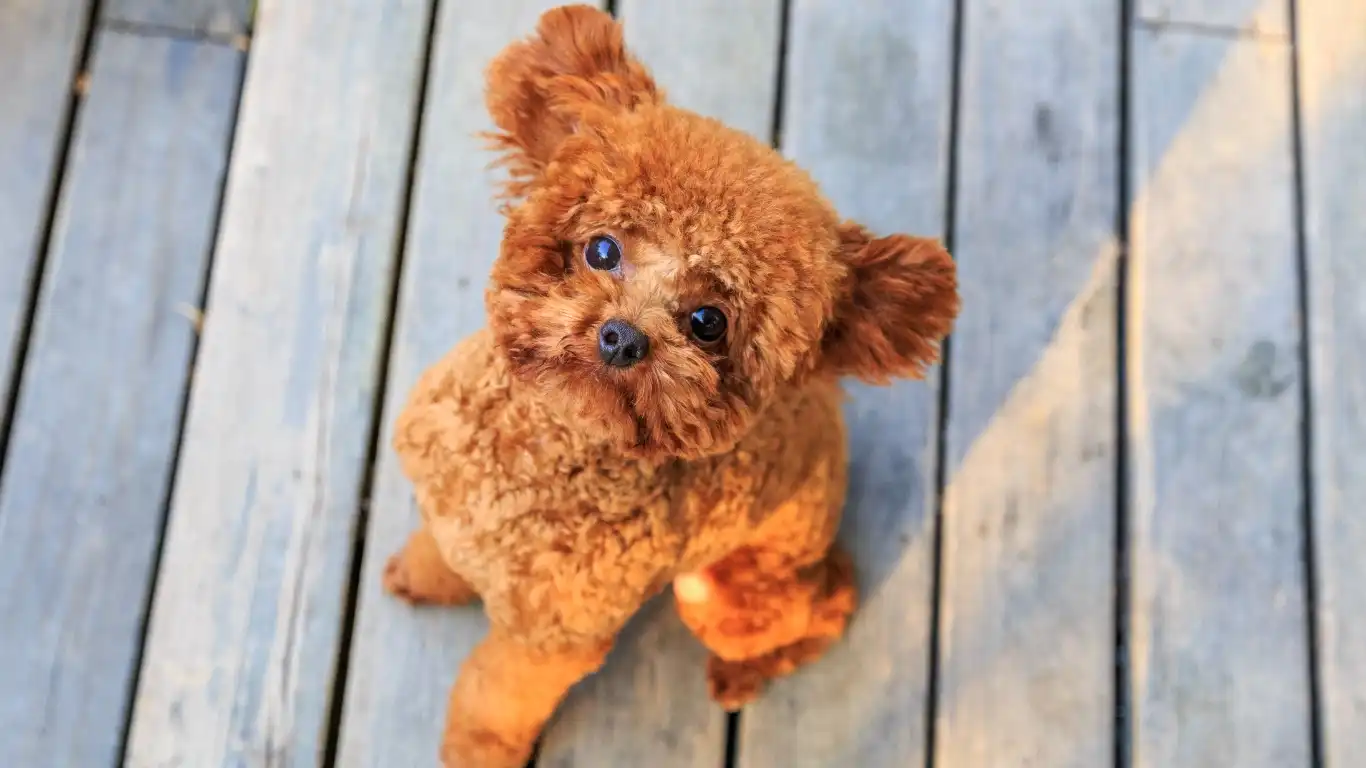
Alright, let’s shift gears and talk about building a home and garden that works for both you and your pup. As someone who adores plants and dogs equally (and yes, I used to be a serial plant hoarder), I know the struggle of balancing aesthetics with pet safety.
Set Up Zones in Your Home
Creating plant zones that your dog can’t access is a total game changer. Think of it like childproofing your living space. Use hanging planters, high shelves, or wall-mounted plant holders to keep the greenery out of paw’s reach.
One of my clients had a genius idea—she used a tall IKEA greenhouse cabinet to house all her toxic plants. It looked amazing and kept her curious cocker spaniel totally out of trouble.
Use Natural Deterrents
Here’s a trick from my vet tech toolbox: dogs hate certain smells. You can use pet-safe deterrent sprays that taste bitter or unpleasant (to them) on plants you can’t move. Citrus peels, diluted vinegar, or commercial no-chew sprays often do the trick. Just test first to make sure your plant doesn’t react negatively.
Reinforce Good Behavior
If you catch your dog snooping around your plants, gently redirect them and reward them when they walk away. I’ve trained my own rescue pup to leave my potted herbs alone by offering a toy or a treat every time she chooses not to sniff. Positive reinforcement builds habits faster than scolding ever could.
Know the Signs of Plant Toxicity in Dogs
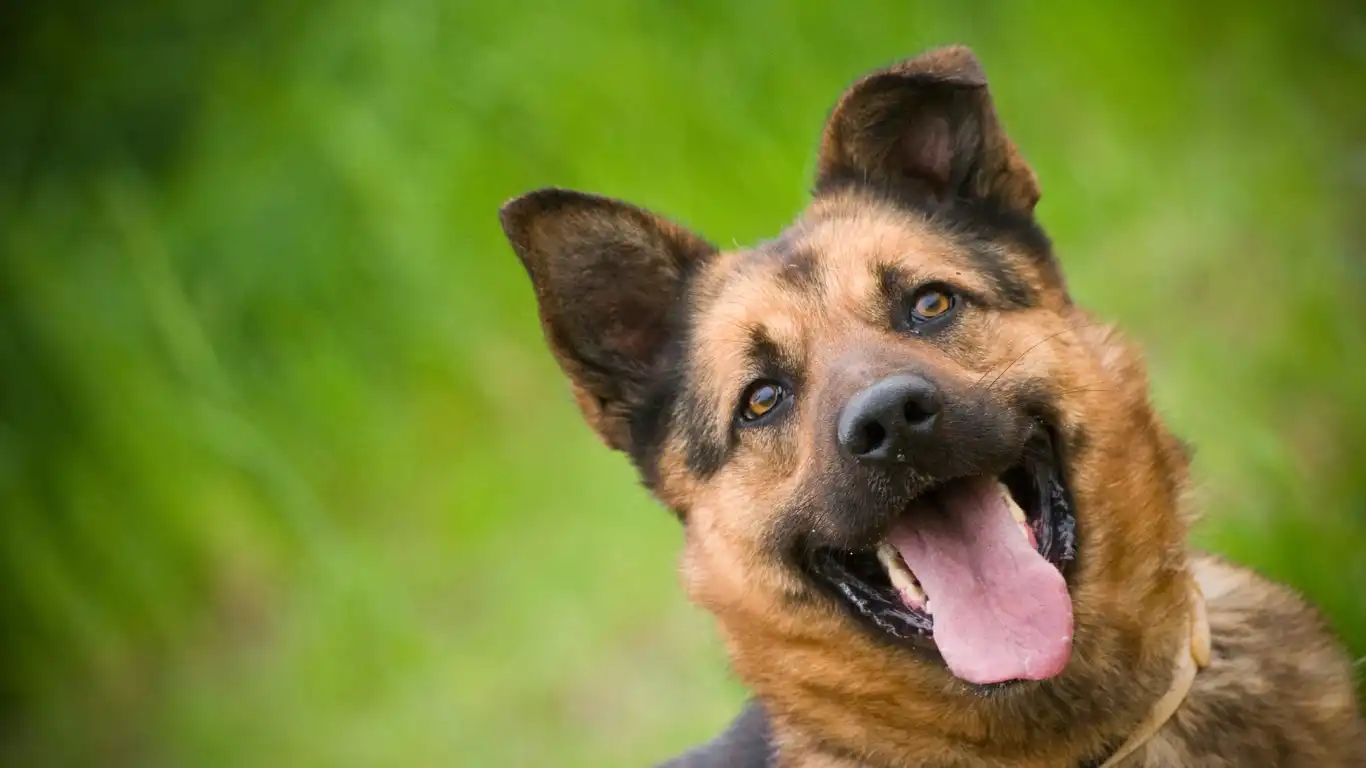
Let’s say you weren’t home, or you didn’t see your dog eat the plant. That’s when knowing the signs of toxicity is critical. Keep an eye out for any of the following:
- Vomiting or diarrhea
- Drooling or foaming at the mouth
- Swelling around the mouth, lips, or tongue
- Lethargy or weakness
- Shaking, tremors, or seizures
- Loss of appetite or difficulty swallowing
- Unusual behavior (restlessness, hiding, etc.)
If you spot any of these, don’t wait—get your dog to the vet right away. I once had a terrier come in who’d been acting a bit “off” for a day, and it turned out he’d eaten a bit of oleander while on a walk. The symptoms were subtle at first but escalated fast.
Educate Everyone in the Household
Let’s be honest—dogs aren’t the only ones you have to train. Make sure everyone in the house knows which plants are off-limits. I’ve seen well-meaning friends gift toxic plants like lilies or poinsettias during the holidays without realizing the risk.
Label your plants if needed, share a list with your dog sitter, and make it part of your “welcome to our home” routine for guests and family. Trust me, prevention works best when everyone’s on the same page.
Involve Kids, Too
If you have kiddos, turn plant safety into a learning moment. Teach them which plants are for looking only, not touching (or feeding to the dog!). One mom I know turned it into a game with her son—spotting “safe” versus “risky” plants as part of their backyard adventures.
Work With Your Vet on a Nutrition Plan
Now here’s where my nutrition specialty comes in. Sometimes, dogs eat plants because their diet’s missing something. I’ve worked with countless pet parents to adjust feeding routines, add supplements, or incorporate healthy chews—and we saw their dogs lose interest in nibbling the greenery.
Talk to your vet or a pet nutritionist about:
- Your dog’s current food and treats
- Any possible nutrient deficiencies
- Adding boredom-busting chews or puzzle toys
A well-fed, mentally stimulated dog is way less likely to sample the houseplants.
Enrichment Ideas to Keep Your Dog Distracted From Plants
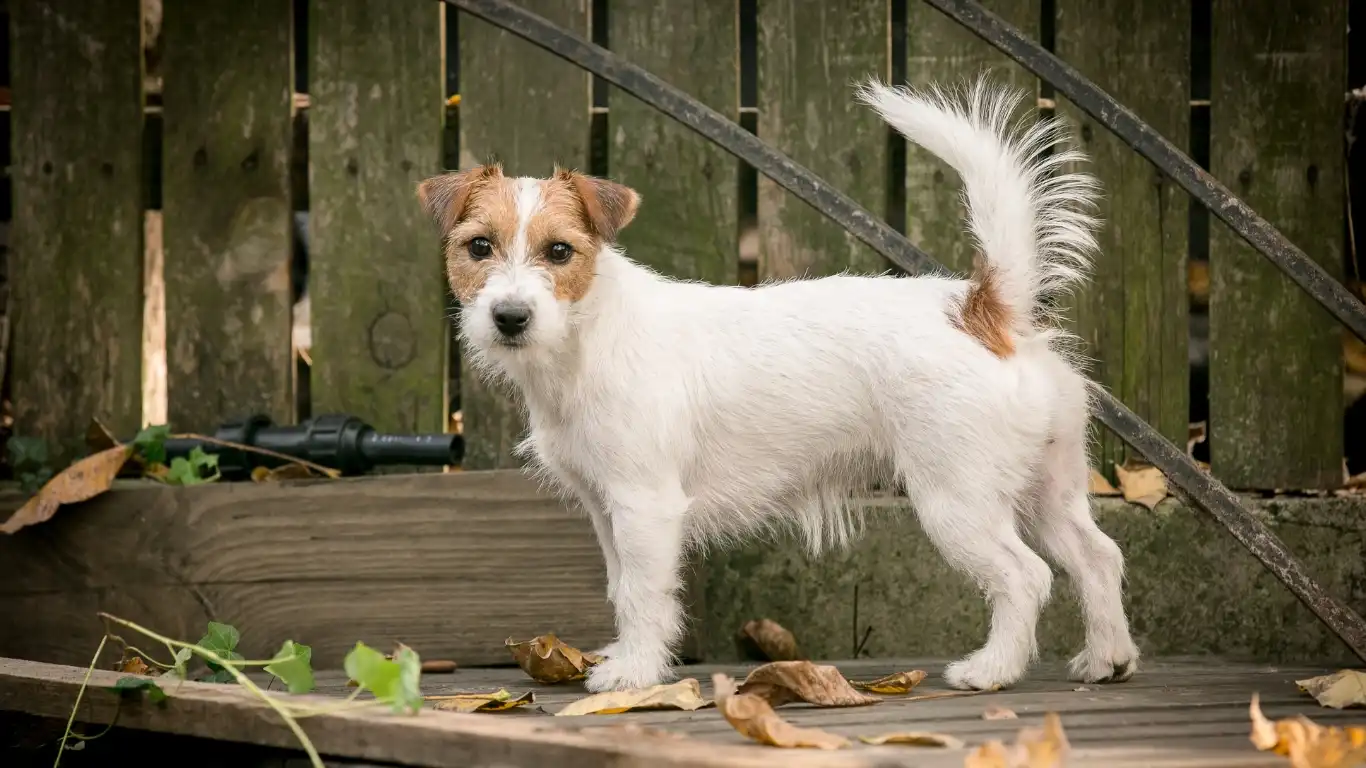
Let’s be honest—sometimes dogs chew on plants because they’re just plain bored. Especially those younger pups with endless energy or clever breeds like border collies and huskies who need a job to do every single day. One client of mine had a beagle who turned to chewing aloe plants every time she skipped a walk. It wasn’t about the plant; he just had nothing better to do!
So how do you fix that? Easy. You give them something better to do. Enrichment toys, brain games, and DIY puzzles are your best friends here. Not only do they mentally stimulate your dog, but they also physically wear them out—which means less mischief and fewer leafy snacks.
Easy Enrichment Activities You Can Start Today
- Frozen treat toys: Stuff a Kong with wet food, peanut butter (xylitol-free, of course!), or mashed sweet potato, then freeze it for longer playtime.
- Snuffle mats: These mimic foraging and give dogs a natural outlet to sniff and search. I recommend them constantly in consults.
- DIY cardboard puzzles: Hide treats in toilet paper rolls or cereal boxes and let your pup tear into it. Supervised, of course.
- Interactive feeders: Ditch the boring food bowl and use puzzle feeders for mealtime.
Mix it up. Rotate toys weekly. Keep things fresh. You’d be surprised how quickly a mentally tired dog forgets about chewing that peace lily.
Safe Outdoor Spaces for Plant-Loving Pups
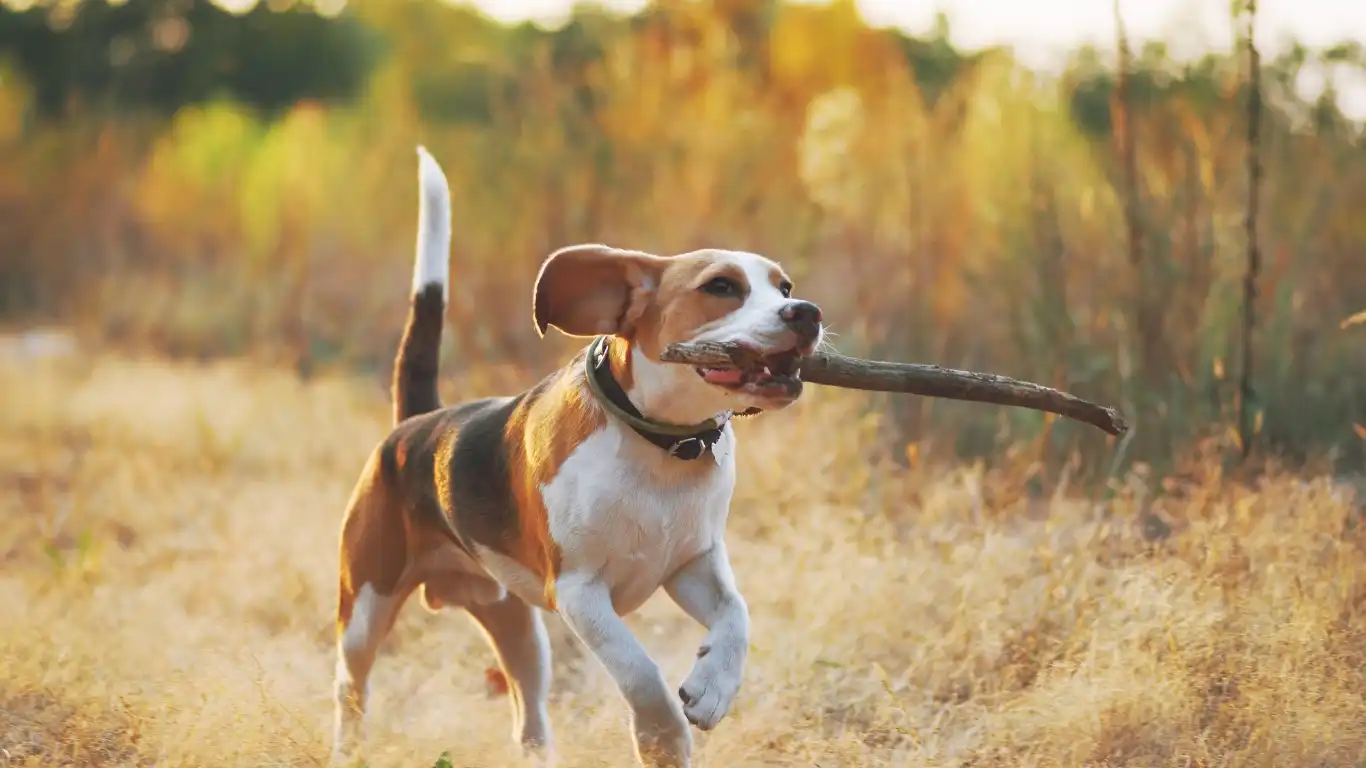
If your dog loves being outdoors (and let’s face it, most of them do), the key is creating a yard that’s both safe and fun. You don’t have to strip your garden bare to do it either. It’s all about balance—smart landscaping and thoughtful supervision go a long way.
Designing a Pet-Safe Garden
I’ve worked with a few landscape-savvy pet parents who’ve turned their gardens into doggy wonderlands. They combined sensory-friendly spaces with pet-safe plants, plus designated dig zones. The result? A happy dog who doesn’t go rogue in the flower beds.
- Choose non-toxic plants like marigolds, sunflowers, snapdragons, or ferns.
- Create pathways your dog can explore—mulch, gravel, or grass-lined routes work well.
- Designate digging areas with soft soil and buried toys to satisfy that instinct.
- Add shade structures like doghouses or plant-safe pergolas for cooling down.
Always double-check plant safety. Even some common “ground covers” and decorative shrubs can be toxic. If in doubt, verify with your vet or search a reliable database like PetMD or ASPCA.
Fencing Tips to Keep Dogs Out of Garden Beds
This is a simple one, but often overlooked. A low picket fence or even a decorative iron barrier can keep most dogs out of forbidden flower zones. For the more “determined” breeds, raised garden beds or sturdier fencing may be necessary. I had one bulldog patient who literally body-slammed his way through a tomato patch. His mom eventually invested in heavy-duty fencing—and finally got to enjoy her plants in peace.
Maintenance Tips to Keep Your Home Safe
Pet-proofing isn’t a one-and-done task. It’s something you’ve got to keep up with. As seasons change, new plants appear. Friends bring over gifts. You add new greenery without checking toxicity first. It happens. So having a simple maintenance routine helps you stay ahead of the game.
Monthly Home Safety Check
- Revisit your plant list and verify any new additions.
- Check for fallen leaves or flowers (especially indoors!) and clear them promptly.
- Re-apply deterrent sprays if needed—some lose effectiveness over time.
- Inspect your outdoor space for any new sprouting wild plants or weeds.
Bonus tip? Keep the ASPCA’s plant toxicity list bookmarked on your phone. I do, and it’s saved me from a few near-misses while plant shopping. You can find it at aspca.org.
Let’s Normalize Talking About Plant Safety for Pets
The more we normalize this conversation, the fewer emergency visits we’ll see. And believe me—plant poisoning cases are still way too common. It’s not just exotic or rare plants causing harm either. It’s often the everyday stuff, like lilies in a bouquet or ivy trailing over a bookshelf.
I’ve had heart-to-hearts with fellow vet professionals about how we need to do a better job educating pet owners from day one. So here I am, doing my part. And if you’ve made it this far into the article? You’re already ahead of the game.
If you’re ever unsure about a plant, ask your vet. Snap a pic, send an email, or even bring in a sample (carefully bagged). We’d rather get 10 “is this safe?” questions than see one dog come in sick.
References
- ASPCA – Animal Poison Control Center
- PetMD – Plant Toxicity Guide
- American Kennel Club – Health & Safety Tips
- Health.com – Pet Health
- National Institutes of Health – Toxicology Data
Disclaimer
This article is intended for informational purposes only and is based on my experience as a Veterinary Technician/Nurse specializing in pet nutrition. It does not replace veterinary diagnosis, advice, or treatment. If your pet is showing signs of illness or has ingested a potentially toxic substance, please contact your veterinarian or emergency clinic immediately.
